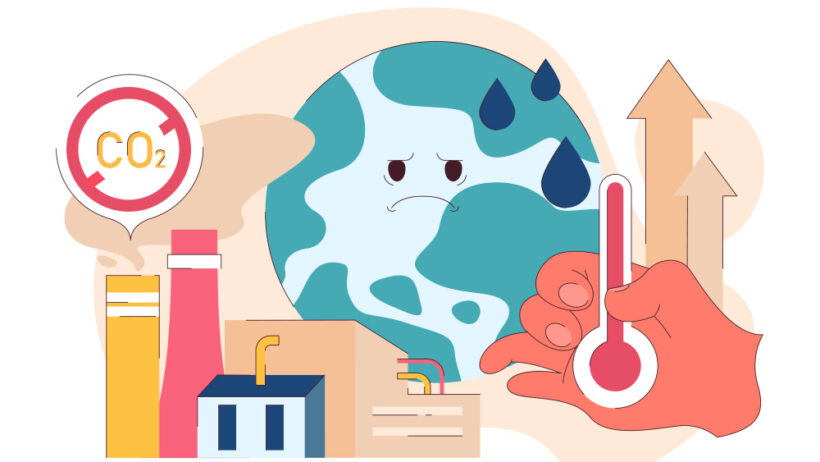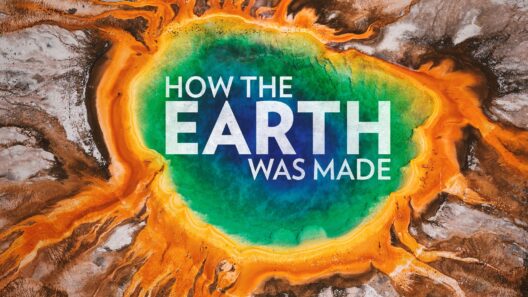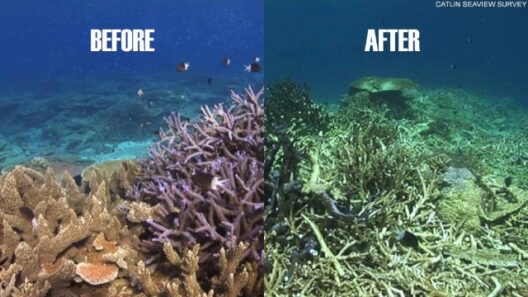In the ever-evolving narrative of climate change, the insistent question arises: can science truly save our planet from the throes of global warming? While this query may evoke a playful curiosity, it also reveals a significant challenge—our capacity for ingenuity must meet the escalating urgency of the climate crisis. The premise of innovation isn’t merely a buzzword; it’s a clarion call that beckons scientists, engineers, and visionaries to forge pathways towards sustainable solutions.
The challenge presented by climate change is monumental and multifaceted. Rising temperatures, erratic weather patterns, and melting ice caps paint a dire picture of our planet’s future. In the face of such adversity, the scientific community has donned the mantle of responsibility, taking strides into unchartered territories of innovation to combat global warming.
First, we should explore renewable energy technologies. The shift from fossil fuels to sustainable energy sources, such as solar, wind, and geothermal, is a resounding testament to human ingenuity. Solar panels have transitioned from bulky, expensive products to sleek, efficient installations that are becoming commonplace on rooftops around the globe. Wind turbines, once relegated to remote landscapes, now dominate energy maps in multiple nations, generating substantial electricity with almost no carbon footprint. Innovations in battery storage, particularly lithium-ion technology, further augment these renewable sources, enabling energy retention and decreasing reliance on nonrenewable counterparts.
However, while the progress in renewable energy is commendable, it raises a pertinent question: is the global scale of implementation sufficient? This dovetails into the topic of energy efficiency. Innovative technologies that enhance energy efficiency can make existing systems more sustainable. Smart grids, which use advanced communication technology to enhance the efficiency of electricity distribution, play a pivotal role in reducing waste. Similarly, the concept of “smart homes” integrates technology to optimize energy consumption. These adaptations do more than contribute to lower emissions; they reshape consumer behavior around energy use.
Further along the spectrum of innovation, artificial intelligence (AI) emerges as a formidable ally in the fight against climate change. AI can analyze massive datasets to optimize energy consumption or even simulate weather patterns to improve agriculture. Farmers equipped with AI technology can achieve higher yields using fewer resources, thus minimizing the environmental impact of food production. Drones, utilizing AI capabilities, can monitor forest health, track wildlife populations, and even detect illegal logging activities. By strategically deploying AI, we can develop a more resilient ecological framework.
Equally important is the domain of carbon capture and storage (CCS). CCS technology seeks to mitigate the effects of climate change by capturing CO2 emissions from sources like power plants and storing them underground to prevent their release into the atmosphere. While the technology is currently nascent, advances in chemical absorption and geological storage strategies indicate a promising future. It poses an intriguing question: can we design a system where emissions, rather than being an irreversible consequence of energy production, become a renewable resource in their own right?
Nevertheless, the intersection of innovation and climate change is not without its complexities. The ethical implications and the environmental consequences associated with the production of new technologies require rigorous scrutiny. For example, the mining of rare earth metals utilized in renewable technologies such as batteries and solar panels often results in significant ecological disruption. Thus, the innovation narrative must be holistically approached, prioritizing sustainability not only in energy sources but also in the materials that compose them.
Another noteworthy innovation lies within the realm of sustainable transportation. Electric vehicles (EVs) have rapidly gained traction, propelled by novel battery technologies and increasing charging infrastructures. However, the challenge remains that transportation contributes to a substantial share of global emissions. Is it enough to merely electrify our transportation systems? Perhaps alternative modes of transport, including bicycles, trams, or higher-capacity public transit systems, merit greater investment and promotion to reduce carbon footprints further.
On a more grassroots level, biotechnology is increasingly emerging as an innovative front in curbing climate change. Genetic engineering has enabled the creation of crops that are resilient to extreme weather conditions and pests while requiring less water and fertilizer. This development not only secures food supplies but also reduces the need for harmful agricultural chemicals that can exacerbate environmental degradation.
Furthermore, reforestation and afforestation initiatives are gaining momentum, harnessing nature’s own processes to absorb carbon from the atmosphere. Initiatives like the Bonn Challenge aim to restore 150 million hectares of deforested land by 2020. These rewilding efforts transcend simple aims; they seek to restore biodiversity and conserve invaluable ecosystems that are critical for the survival of countless species, including ourselves. However, how can we ensure that these endeavors are sustainable in the long run? The question beckons a need for continuous assessment and adaptive management strategies.
In conclusion, the narrative of combating global warming through scientific innovation is rich with potential yet fraught with challenges. The pathway is not linear, nor is it devoid of obstacles; innovation must persistently navigate ethical questions, resource limits, and practical implementations. The latitude of human ingenuity invites a sense of optimism, yet it reminds us of our responsibility. As we foster new ideas and technologies, we are compelled to ask not just whether we can innovate but how effectively we can integrate these innovations into a cohesive strategy to reclaim the future of our planet.








